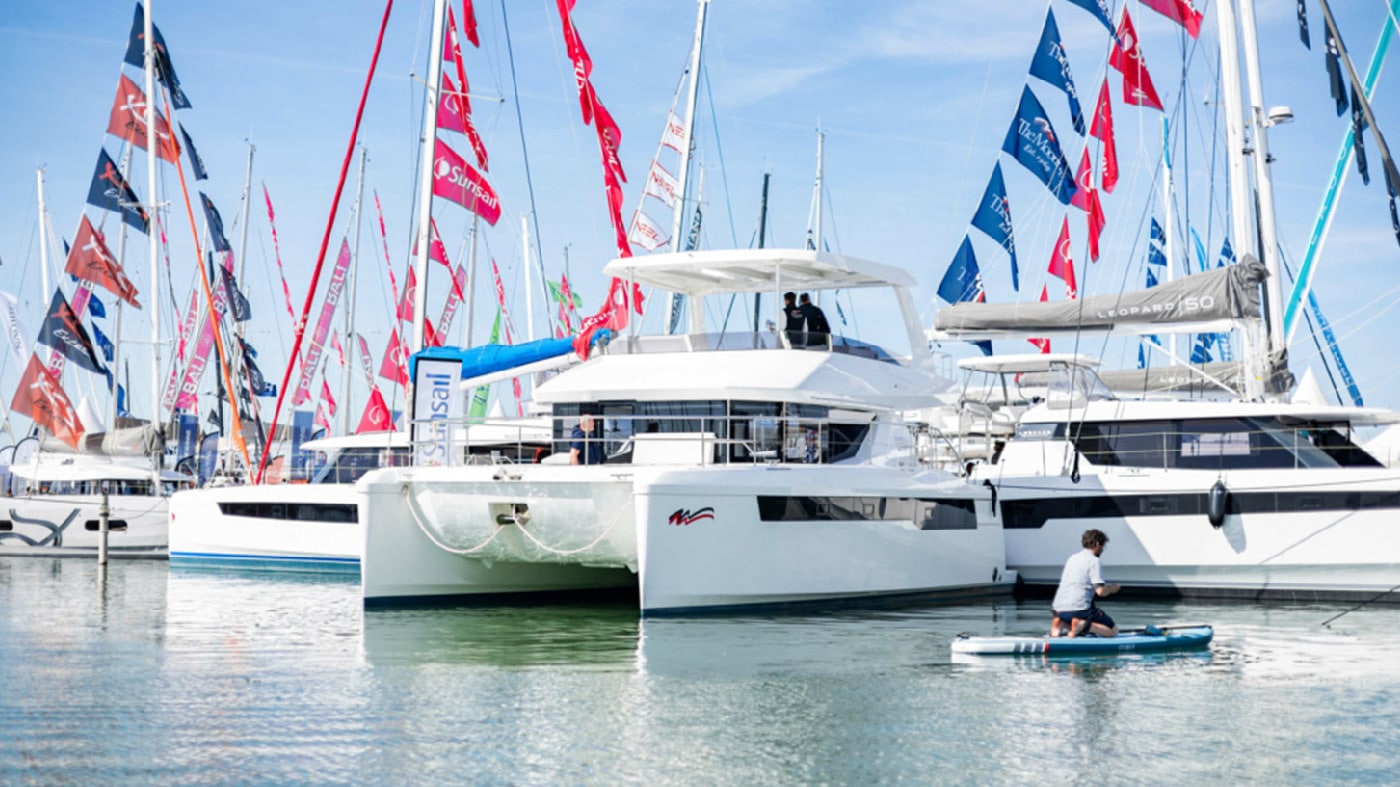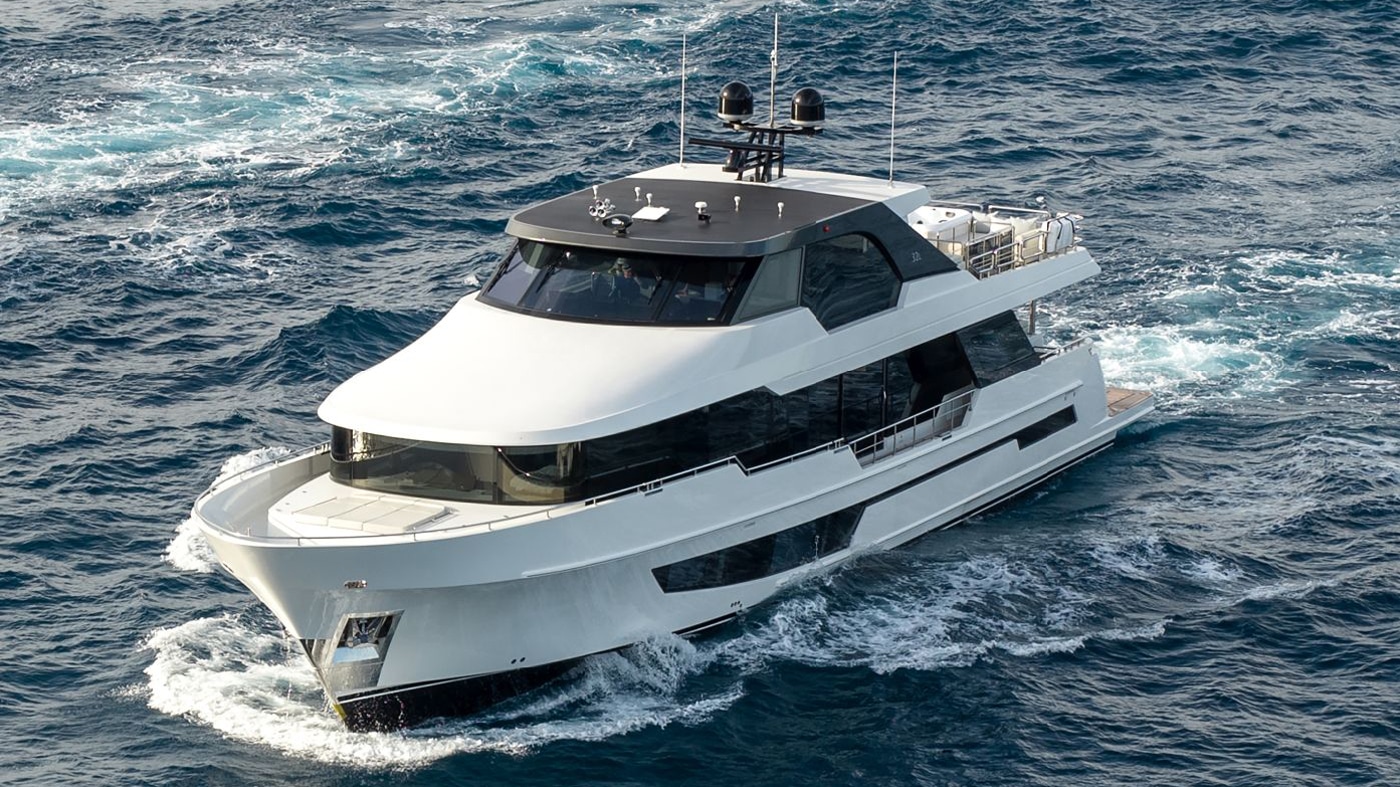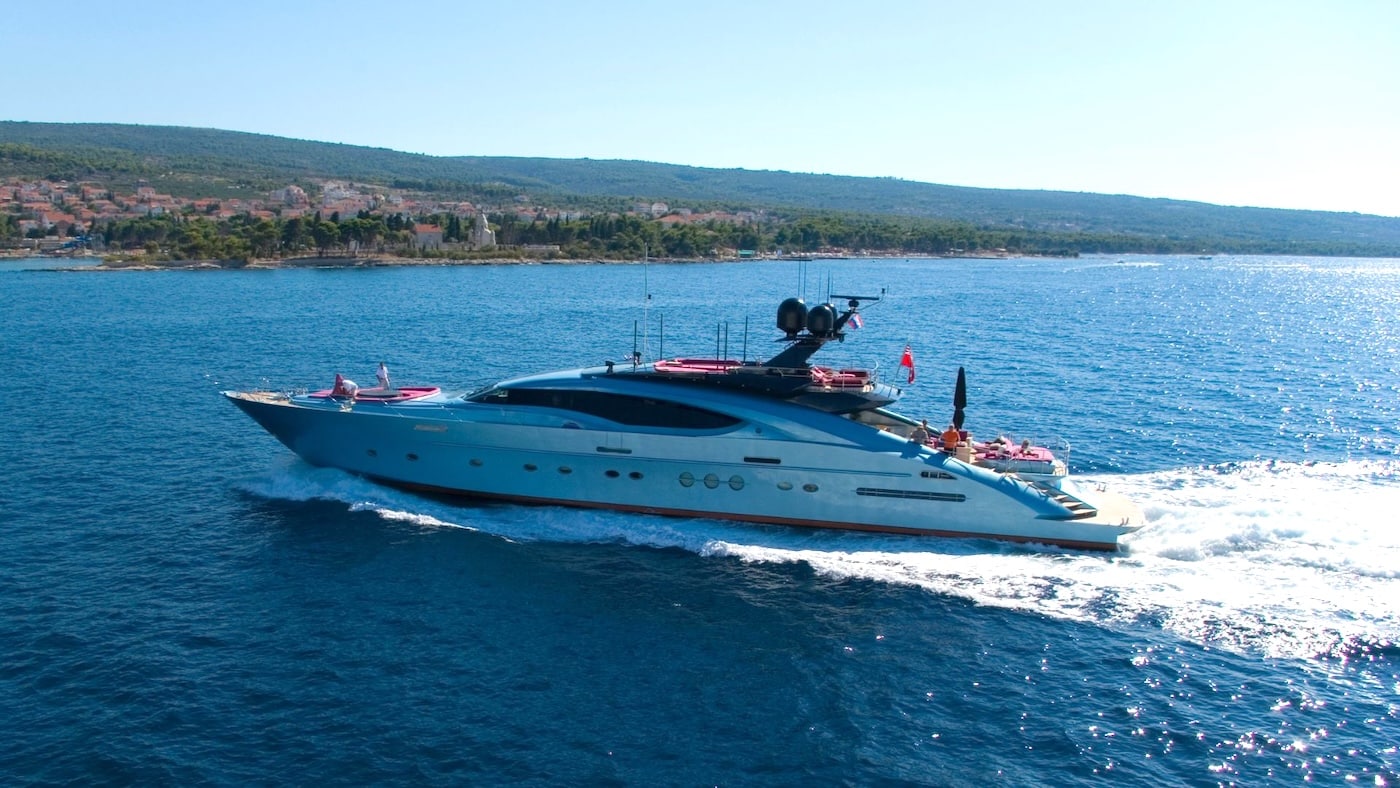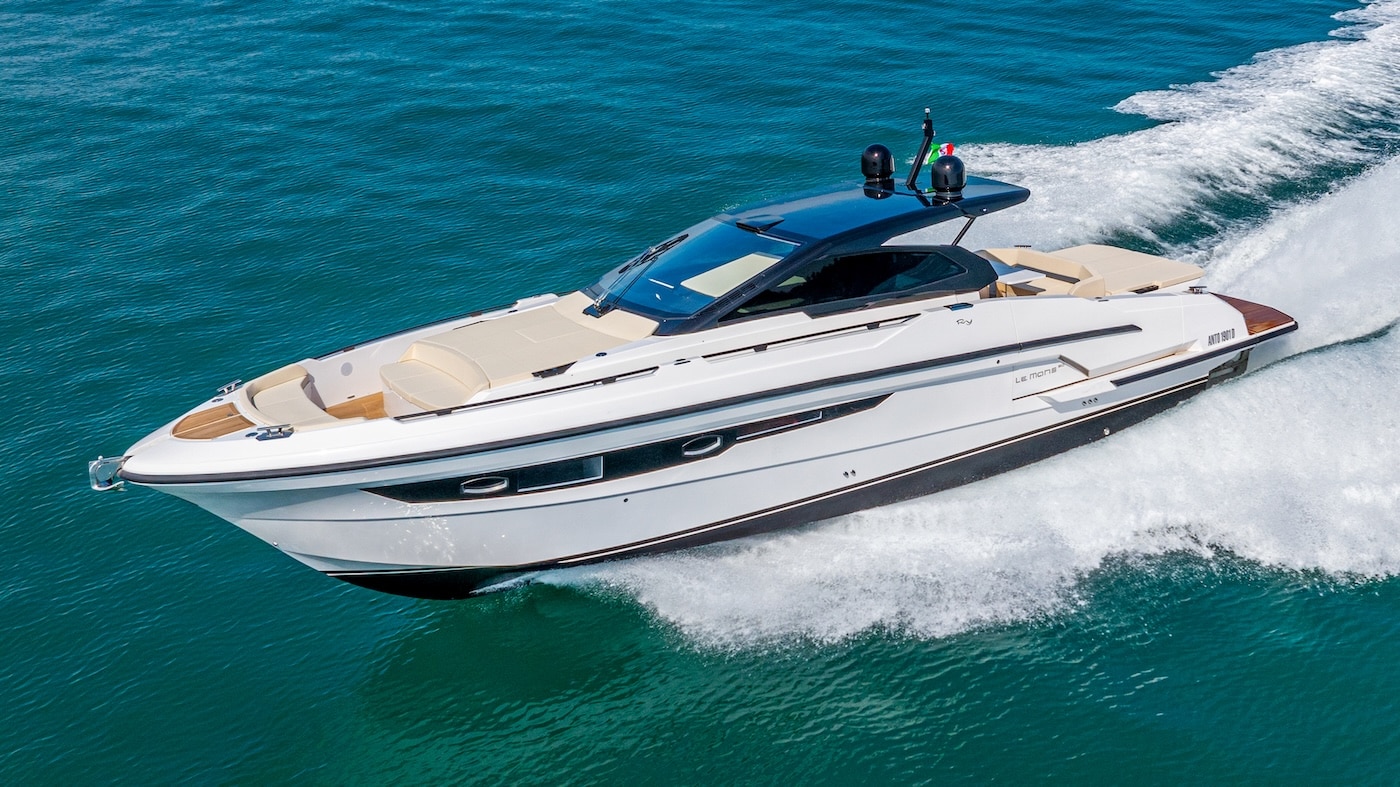Put together a group of sailors and let them talk about ropes, knots, lacings and splices. You won’t be able to stop them. Ropes, in their marine interpretation, are amazingly “sexy”; they get people curious and excited. Especially if the entertainer is an expert like Stefano Finco. His company, Armare, comes from a family who has always been concerned with ropes and boating. They started to work with hemp and now they provide Team New Zealand and the aerospace industry with advanced equipment. We met him at Mets and what was supposed to be a short chat turned into a beautiful voyage through the world of boat ropes.
“The present Armare is the continuation of a long tradition started with my great-grandfather, in the time of natural fibers. My family cultivated hemp near Padova and produced ropes. Then, my grandfather and brother moved to San Giorgio di Novare in early 1900, where our seat is still located. We collected the old tools involved in the production of ropes, some of which are over 150 years old, in a thematic museum. However, the most precious part of my grandfather’s production was destined to fabrics”.
The history of ropes is always a very interesting topic. But times have changed and you are the concrete expression of this development. Hemp, for example, stopped to be used a long time ago… “Of course. Starting from 40’s-50’s it was replaced by synthetic materials. Even if it may seem strange, I believe that our strength is our small reality. There are just few “giants” specialized in the production of ropes, with 600-700 employers. We, on the contrary, have just 20 employers and this has always allowed us to be agile and create custom products. In the middle, between “giants” and small companies, there’s not much at the moment. This flexibility has allowed us to overcome the terrible crisis which involved most of the boating world with no problem”

“Fortunately, I realized that was the right way. When crisis began, we had 12 employers. Every year, we added some and we even opened a new operating base in Lavagna”.
What direction has this process followed over the last few years?
“On one hand, we managed to meet the requests of the varied boat producers and teams increasingly more promptly; on the other hand, we were able to make our production different and look beyond the nautical world”.
What do you mean?
“ We produce ropes for different fields, from aerospace industry to lifts”
How important are these fields within your production? And what about national and international market?
“Boating and extra-nautical fields are equally important. We export 60% of our production abroad, 40% in Italy.
Let’s talk about boats again. Competitive races represent a very stimulating reality for you, don’t they?
“Yes, they do. We slowly managed to become suppliers of Team New Zealand for the next America’s Cup. They came looking for us! It’s a very competitive field, very difficult to penetrate. Many established brands create some obstacles rapidly. Anyway, we work for important boats and teams”.
How does investing in research ad development cost?
“Very much. We have a specific department which is is charge of this aspect. The most difficult step is to adjust ropes with the rest of the boat, especially on big or advanced boats. Recently, we have equipped Perini Sybaris 47-metre-boat. A great challenge.

Traditional polyester will disappear for the benefit of more performing materials. Cruise ships, too, are now equipped with more resistant Dynema ropes. Even mooring ropes are getting lighter, more high-tech and resistant. And the same applies to deck accessories, such as eye bolts, blocks, tackles… anywhere, textile is replacing metal. It’s an evolution involving the boat as a whole.
You’re right. And the same applies to shrouds…
” At the moment, we propose PBO shrouds but we’re also considering carbon. We remember that textile ensures a greater lightness and safety at affordable prices.
Sails, too, are changing and tend to use exotic fibres.
“After all, it would be absurd to use such advanced products, perfectly modelled, if sails moves under any gust. I like the unstoppable research made in this field; each fibre has its weak point and operators look for the “perfect product”. For example, PBO resists high temperature but doesn’t like light. Dynema, on the contrary, resists light and abrasions but it melts at 120°. Each product has its weak points”
How do you imagine the rope of the future? Will it be really perfect?
“Maybe.. but what about imaging a rope which is not a real rope? Something which doesn’t exist yet; for example, a solid instead of textile?





























